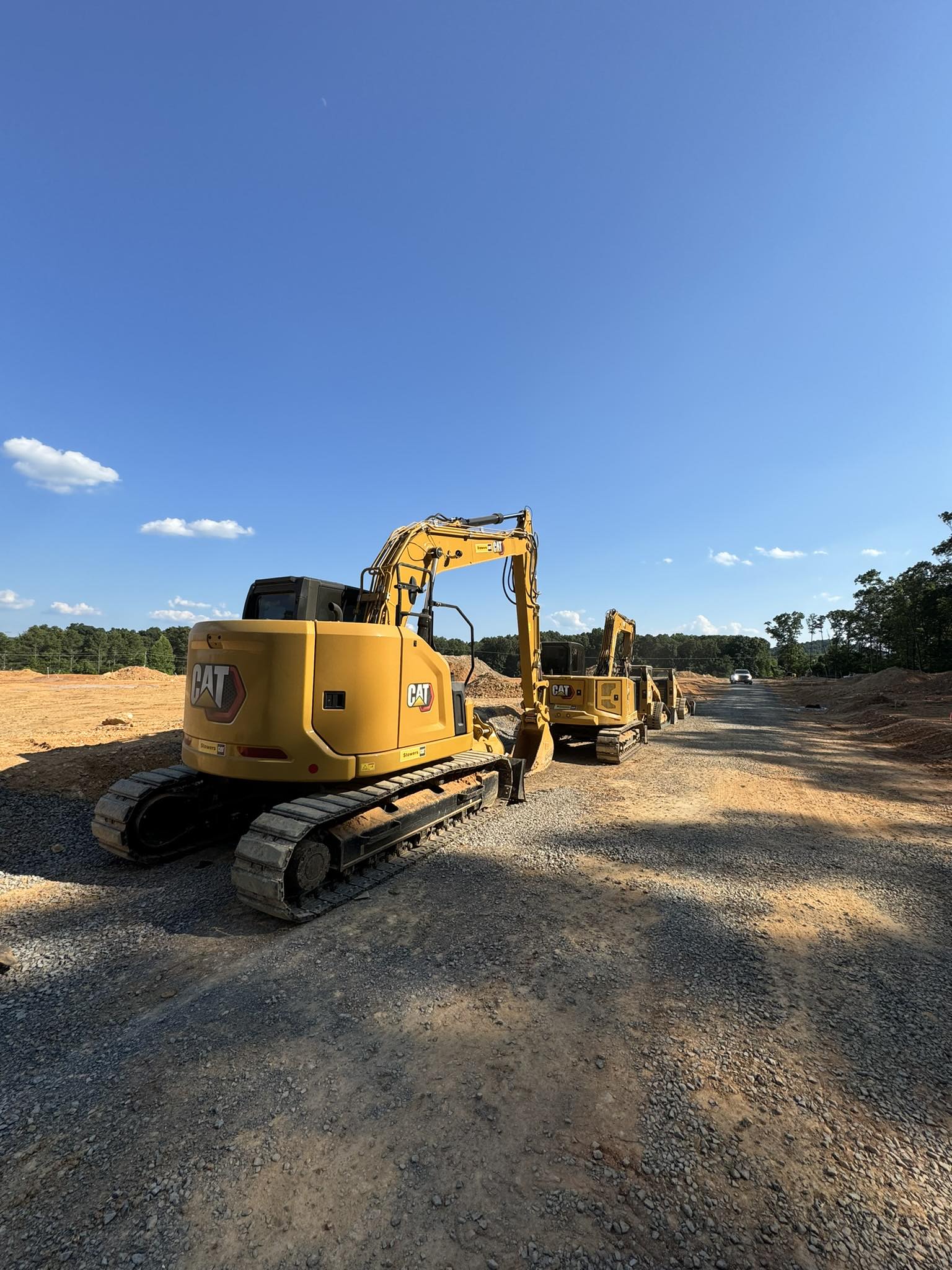
Maximizing Land Use: Strategic Excavating Tips for Efficient Construction Aug 19, 2025
Strategic excavating is more than just moving dirt; it’s about understanding the land and its potential uses. The first step in maximizing land use is conducting a thorough analysis of the site. A meticulous site assessment identifies potential challenges such as soil type, rock formations, and water drainage issues. Proper planning can mitigate many of these factors, preventing costly setbacks. Utilizing advanced technologies such as GIS (Geographic Information Systems) and 3D mapping can enhance the understanding of the terrain, allowing for precise excavation plans.
One crucial aspect of efficient construction is minimizing the environmental impact. Sustainable excavating practices are gaining traction as they not only help in preserving the ecosystem but also align with regulatory compliance. This includes techniques like soil management and erosion control, which not prevent land degradation but also enhance the stability and longevity of the land for construction purposes.
Another strategy involves strategic phasing in excavation. By dividing the project into phases, Southeast Land Services ensures that each phase is completed thoroughly before moving onto the next. This method not only optimizes resource use but also provides flexibility in managing unexpected challenges. Phasing also allows for better scheduling of labor and equipment, ensuring that all resources are used efficiently.
Communication among the construction team and stakeholders is also vital. Clear and consistent communication helps in aligning the goals of the project and ensuring that everyone is aware of the plan and any changes that may occur. This process involves regular meetings and updates which keep the project on track and help in catching potential problems early when they are easier and cheaper to fix.
Equipment is another crucial element in strategic excavation. Using the right equipment for the job can significantly improve efficiency and reduce operational costs. Advanced machinery with precision capabilities can perform complex tasks more accurately and swiftly. Regular maintenance of equipment ensures that it operates at peak efficiency, preventing downtime and costly repairs.
Safety should always be a priority in any construction project. Implementing strict safety protocols not only protects workers but also minimizes the risk of accidents that could delay the project. Training the crew in updated safety procedures and maintaining a secure work environment reflects a professional commitment to both project success and worker welfare.
Finally, flexibility is a key component of strategic excavating. The nature of construction projects is that they often encounter unforeseen obstacles or changes in design. Being adaptable allows Southeast Land Services to adjust plans as necessary while still meeting client expectations and deadlines.
In conclusion, maximizing land use through strategic excavating requires a blend of careful planning, environmental consideration, efficient resource management, and adaptability. With these elements in place, Southeast Land Services ensures not only a successful construction project but also the sustainable use of land that serves both current and future needs.
/filters:no_upscale()/media/fc0c6c98-a315-44c2-a232-b8ba9cdbd1e5.jpeg)
/filters:no_upscale()/filters:format(webp)/media/a9dead03-2ff7-4370-b41b-bb826dc6cdb8.jpg)